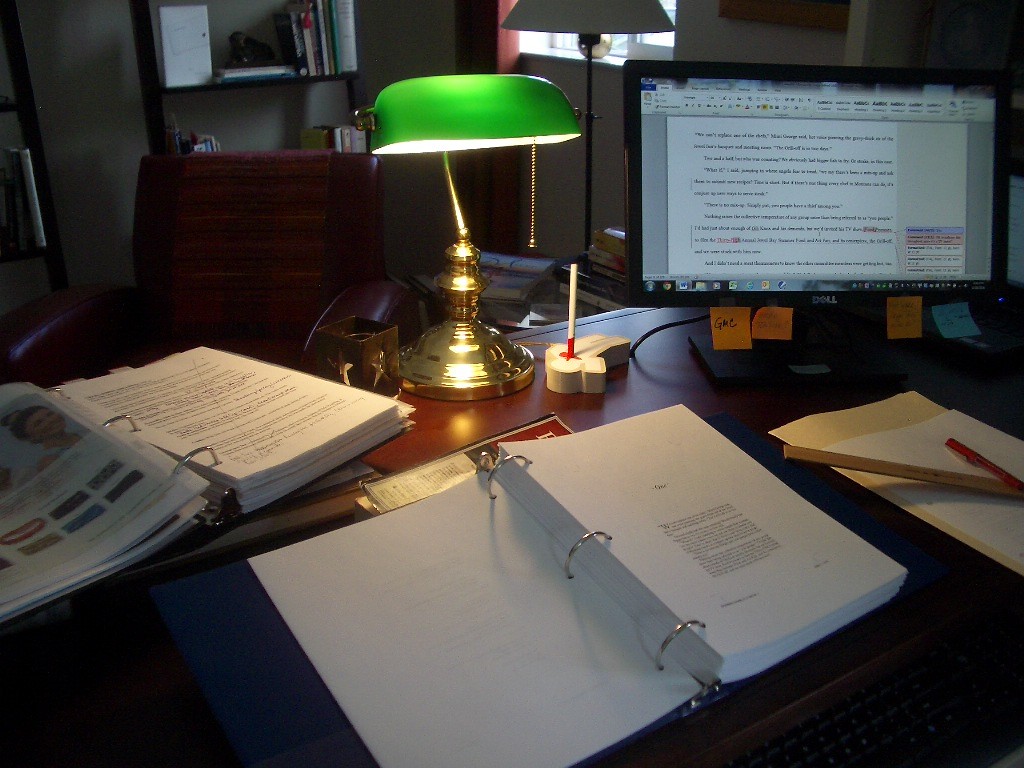When we’ve got a problem to solve, we’re often advised to “sleep on it.” And when i surveyed the writers of the Sisters in Crime Guppies chapter about brainstorming techniques,* many said they posed the problem to themselves before bed and let their subconscious mind work it out.
Turns out there’s a good reason for that sage advice.
According to Steve Calechman, writing in “Sleep to Solve a Problem” on the Harvard Health Publishing blog in May 2021, the brain is designed to find connections to problems while we are sleeping so we can act on them when we’re awake. That’s the reason we so often wake in the morning knowing what we want to do — or not do — even though we can’t necessarily articulate why; we don’t remember going through the logic, but our sleeping brain did it for us.
For some people, the process wakes them up and they find themselves regurgitating the day instead of sleeping; if that’s you, the article suggests some solutions. But we’re writers. Our goal is to use sleep to help us solve problems on the page. Sometimes ideas occur to us just as we’re falling asleep; at other times, the work is happening in the REM state of the 5:00 to 6:00 am hour. How to enhance that process? Trust it. Ask your subconscious mind to work on an issue — tell it the problem. “How does Pepper solve the conflict with Nate?” “How does my young reporter convince her editor to let her write this story?” Keep a pen and pad by your bed and write down all the ideas that wake you, without judging their merits. (Take your notepad into the bathroom if you need a light and don’t want to wake your partner!) The moment you wake up, remind yourself that you asked for help and scan your mind for its offerings. Jot them down. Build that trust. Build the process.
Way more fun than counting sheep.
*This became my article, “What Happens Next? 9 Tried-and-True Brainstorming Strategies for Fiction Writers,” in The Writer, February 2022.

